
I. Coconut Pretreatment
1. Demand for raw coconuts
Coconuts for processing should be mature, fresh and not rotten. Green coconut is not easy for juicing due to thin coconut meat, so it is not suitable for processing into copra, milk and etc.. What’s more, the comprehensive value of green coconut shells and husks is low. So generally green coconuts are not chosen as the raw materials.
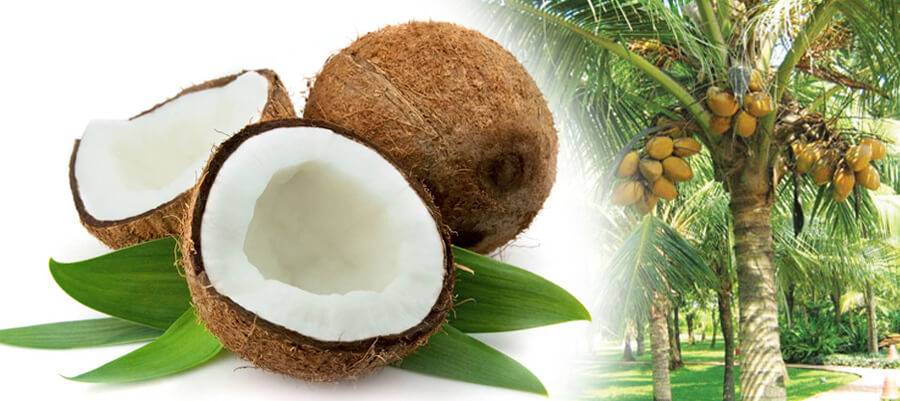
2. Pretreatment of coconuts
2.1 Selection: take out of hypogenetic coconut and those with exposed sprouts.
2.2 Removing coir: remove coir by professional machine or manpower. And the removed coir are transported to the factory for further processing.
2.3 Coconut shelling: after removing coir, clean up these coconuts. Then break shells by coconut shelling machine and meanwhile coconut water flow into the collecting tank for deep processing.
2.4 Removing coconut shells: use professional tools or machines to separate meat from the shell. And collect coconut meat for future use and shells are transported to the factory for further manufacturing.
2.5 Coconut flesh pre-processing: Wedge specialized tools between the brown skin that covers the white coconut flesh and the hard shell. Pry the coconut meat from the shell. The brown skin accounts for 13% of the flesh, which can be used for extracting coconut oil. At last wash coconut flesh in clean water several times.
II. Different Coconut Products Processing
1. Desiccated coconut processing
Desiccated coconut refers to shredded or flaked and dried fresh meat or kernel of a mature coconut. Desiccated coconut is marketed in bulk as well as in small parts, for example, the fine grade is smaller particle size than the medium grade. Generally, one thousand nuts are expected to yield about 130kg of desiccated coconut. Deflated desiccated coconut is in great demand for various food preparations.
Processing of desiccated coconut:
1. 1 Get the clean white coconut flesh through coconut pretreatment just mentioned in Part I
1.2 Blanch white coconut meat to reduce bacteria counts to low levels to ensure its safe level for consumption.
1.3 Cut white meat into desired sizes by coconut meat shredding machine.
1.4 Transported ground meat particles into coconut drying machine to dry them by hot air. The water content will be reduced from 9% to less than 3%. Notice that desiccated coconut contains 3% moisture content max.
1.5 Cool down desiccated coconut particles.
1.6 After drying, the desiccated coconut is put through a multiple sieving operation to produce the four main grades: extra fine, macaroon (fine), medium and coarse.
1.7 Pack desiccated coconut to keep away from the atmosphere’s moisture. And should be stored in a cool and dry place to avoid direct sunlight and strong odor.
2. Coconut milk and cream processing
Coconut milk is the liquid obtained by the manual or mechanical extraction of comminuted coconut meat, with or without water. Please notice that coconut milk is different from coconut water-the juice directly found inside a coconut. Coconut water is water clear in color, and a cool drink.
Coconut cream is creamy white in color and has a mild sweet taste of coconut. It is the concentrated milk extracted from fresh meat of matured coconuts and one large nut is expected to squeeze approximately 200ml of coconut cream. The cream also can be made from coconut flakes if without the fresh coconut.
Process flow for coconut milk and cream production
Machines applied in the processing
2.1 Coconut shelling machine for removing the shell, has been mentioned in Part I: coconut pretreatment.
2.2 Shredding machine for making coconut meat particle sizes has been mentioned in coconut flakes production.
2.3 Coconut milk extractor for extraction of coconut milk from the comminuted coconut meat.
3. Coconut milk powder production
Coconut milk powder was prepared by dehydrating the milk under controlled conditions. It has the advantage of long shelf life, fewer storage places required and lower cost of bulk packing.
Processing steps:
We obtain coconut milk by several steps from the above coconut milk processing in part 2. Then the coconut milk is filtered through a vibrating sieving machine. Next to coconut milk is homogenized and mixed with maltodextrins and other emulsifiers in an additive mixing tank. The next crucial step is dehydration for mixed milk spray dried into a fine milk powder at a high temperature around 180 ℃ by a spray dryer. At last, the powder is packed.
4. Coconut oil extraction production

4.1 Refined coconut oil
The raw material- copra can be made from coconut meat dehydrated by sun drying and smoke drying for about 6 to 8 days. Then copra is cut into small sizes and cooked in a cooker for about 30 mins. Then squeeze cooked copra by the oil expeller to get oil, at last oil is filtered by a filter press to get refined oil.
4.2 VCO
Get clean coconut flesh from Coconut Pretreatment in Part I.
♦ Dry process VCO
Cut coconut meat into slices, then dry these meat slices by minimal heat, at last oil is pressed out from an oil expeller.
♦ Wet process VCO
By wet process, oil is extracted from fresh coconut meat without drying first. Coconut milk first is extracted from fresh coconut meat by extract coconut oil machine. The oil is then further separated from the water by way of boiling, fermentation, refrigeration, enzymes or mechanical centrifuge.
5. Toasted coconut chips production
Coconut chips like other chips are eaten as a snack food. It is crispy coconut meat which may be sweetened or salted.
5.1 Get clean and pared coconut flesh from Coconut Pretreatment in Part I.
5.2 Blanching: put pared coconuts into boiling water for 15 minutes in a blanching machine.
5.3 Draining: remove the excess water in blanched coconuts by the vibratory screener.
5.4 Slicing: slice coconut meat into thin sizes by the slicing machine.
5.5 Osmotic dehydration: The coconut chips are then immersed in sugar solution. The essence of flavors can be added at this time. A little salt is also added to the sugar solution. Agitation of the sugar solution is required in the mixing vessel during osmotic dehydration.
5.6 Drying: coconut chips will be dried in the hot air oven. For toasted coconut flakes, you can continue to heat the coconut in the oven and they will start to slowly become toasted. The product will be golden brown in color after toasting.
5.7 Cooling: cool dried coconut chips to room temperature.
5.8 Packing: pack the final chips. In order to avoid breakage of chips during transportation, nitrogen flushing is usually done in pouches.
6. Other byproducts made from coconuts
Coconut is a valuable fruit, and every part can be processed into arts and crafts and food. So besides the above products, coconut can be processed into other products. Here we simply list them. Coconut shells can be processed into beautiful artwork, and also for activated carbon production. Coconut shell is highly combustible so it can be treated as fuel to replace coal oil. Coir from the shell can be used in brushes, mats, filtration pads and rope. Coconut water can be processed into coconut wine, coconut vinegar and etc..
III. Global Coconut Distribution
Coconut palm-a perennial plant can be grown under varying climatic as well as soil conditions. It is well suitable for tropical climate with an annual rainfall of about 200cm well distributed throughout the year. It is grown in more than 80 countries of the world with a total production of 49 billion nuts. The shares of coconut growing countries in production are: Indonesia (25.7%), Philippines (23.2%), India (23%), Sri Lanka (4.4%), others (13.7%) and other APCC countries (10%).


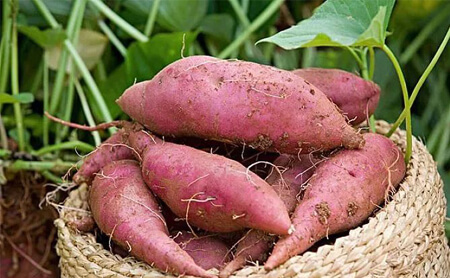

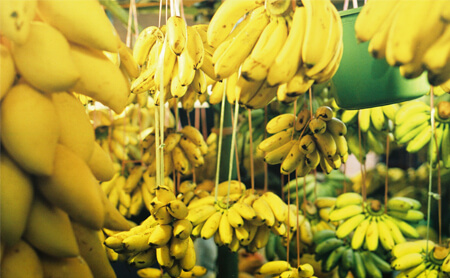







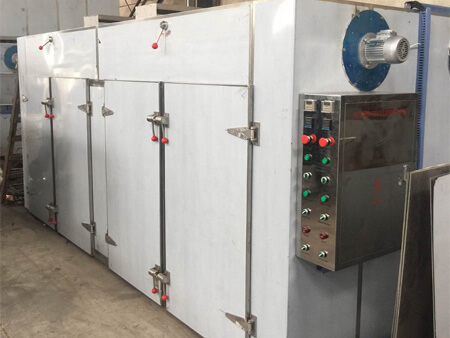




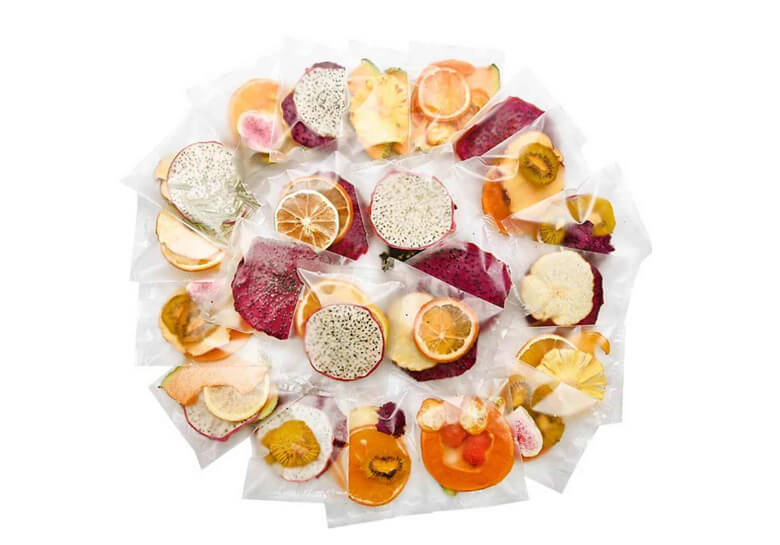


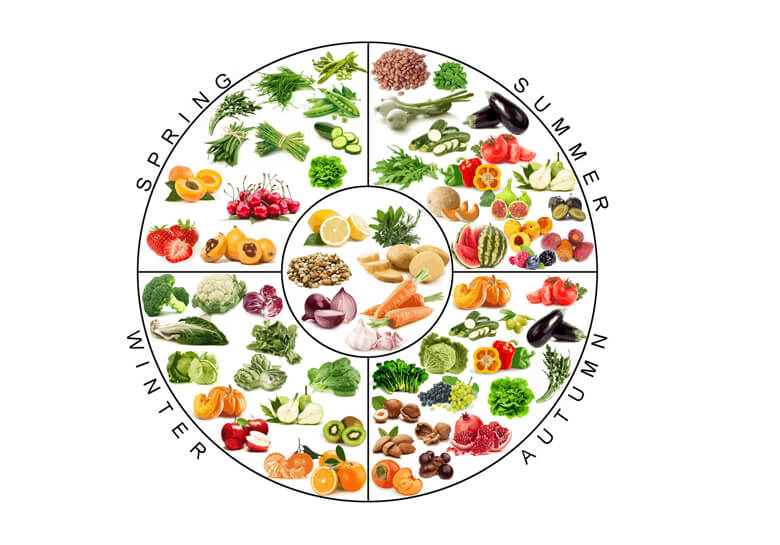

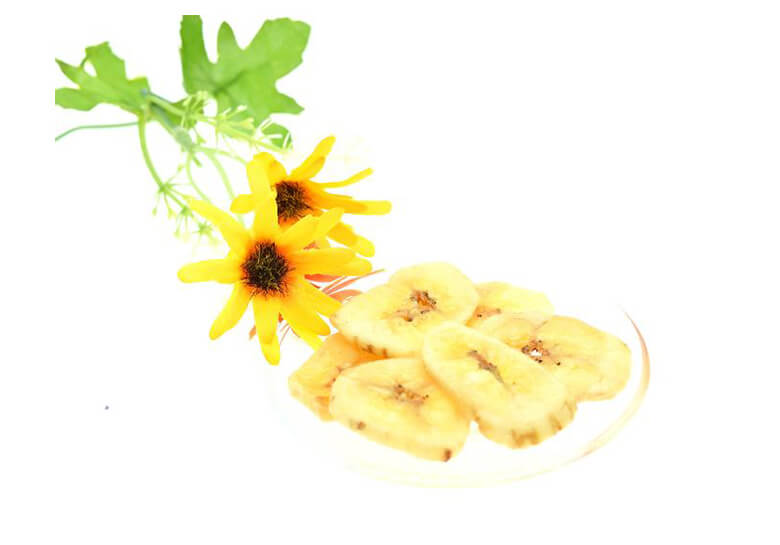
Leave A Comment